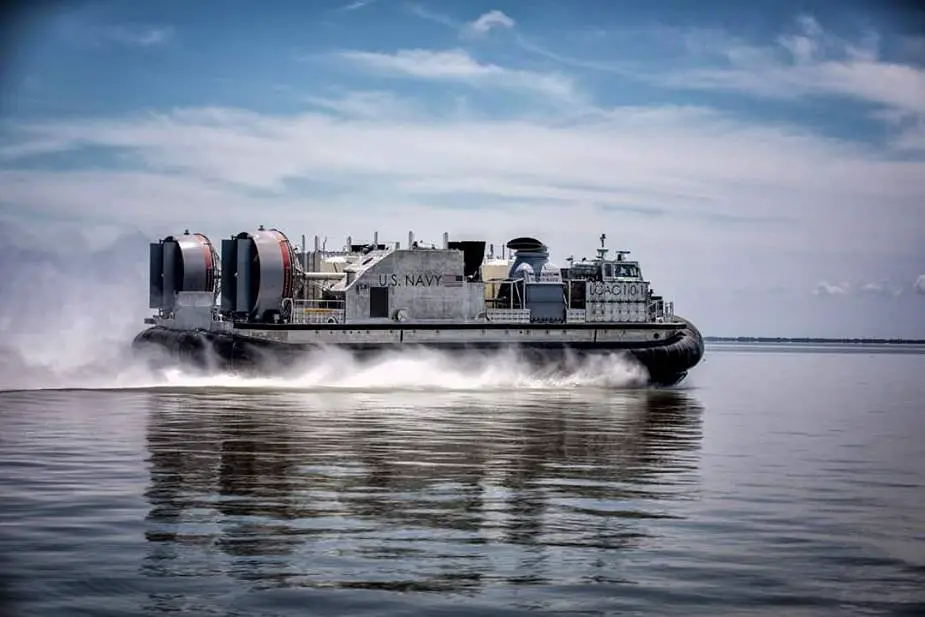Breaking news
US Navy accepts the delivery of LCAC 102 Ship to Shore Connector Landing Craft Air Cushion.
According to information published by the U.S. Naval Sea Systems Command, the U.S. Navy accepted delivery of the next generation landing craft, Ship to Shore Connector (SSC), Landing Craft, Air Cushion (LCAC) 102, June 3, 2021
Follow Navy Recognition on Google News at this link
 U.S. Navy next-generation landing craft, Ship to Shore Connector (SSC), Land Craft, Air Cushion (LCAC) 101. (Picture source U.S. Navy)
U.S. Navy next-generation landing craft, Ship to Shore Connector (SSC), Land Craft, Air Cushion (LCAC) 101. (Picture source U.S. Navy)
Delivery follows the successful completion of Acceptance Trials with the Navy’s Board of Inspection and Survey to test the readiness and capability of the craft and to validate requirements. The SSC program is now in serial production with LCACs 103-115 making progress on the production lines at Textron Systems in Slidell, Louisiana.
LCACs are built with similar configurations, dimensions, and clearances to legacy LCAC, ensuring the compatibility of this next-generation air cushion vehicle with existing well deck equipped amphibious ships, as well as the Expeditionary Transfer Dock.
The SSC program is now in serial production with LCACs 103-115 making progress on the production lines at Textron Systems in Slidell, Louisiana.
SSC training craft, LCACs 100 and 101 are in the initial operator training pipeline and are in post-delivery test and trials at Naval Surface Warfare Center Panama City Division.
The Ship to Shore Connector (SSC) is the evolutionary replacement for the existing fleet of Landing Craft, Air Cushion (LCAC) vehicles, which are nearing the end of their service life. The SSC is an air cushion vehicle whose mission is to land surface assault elements in support of Operational Maneuver from the Sea (OMFTS), at over-the-horizon distances, while operating from amphibious ships and mobile landing platforms.
The SSC program will significantly enhance the U.S. Navy and U.S. Marine Corps team’s capability to execute a broad spectrum of missions well into the 21st century, from humanitarian assistance and disaster response to multidimensional amphibious assault. LCACs/SSCs are used primarily to haul vehicles, heavy equipment, and supplies through varied environmental conditions from amphibious ships to over the beach.
Additionally, an enclosed personnel transport module can be loaded aboard that can hold up to 180 passengers or 54 casualty personnel. LCACs have proven to be very useful in supporting non-hostile amphibious operations and were vital in delivering life-saving equipment, food, water, and medical supplies in humanitarian relief efforts throughout the world. It is anticipated that SSC will be called upon to perform in a similar manner.




























